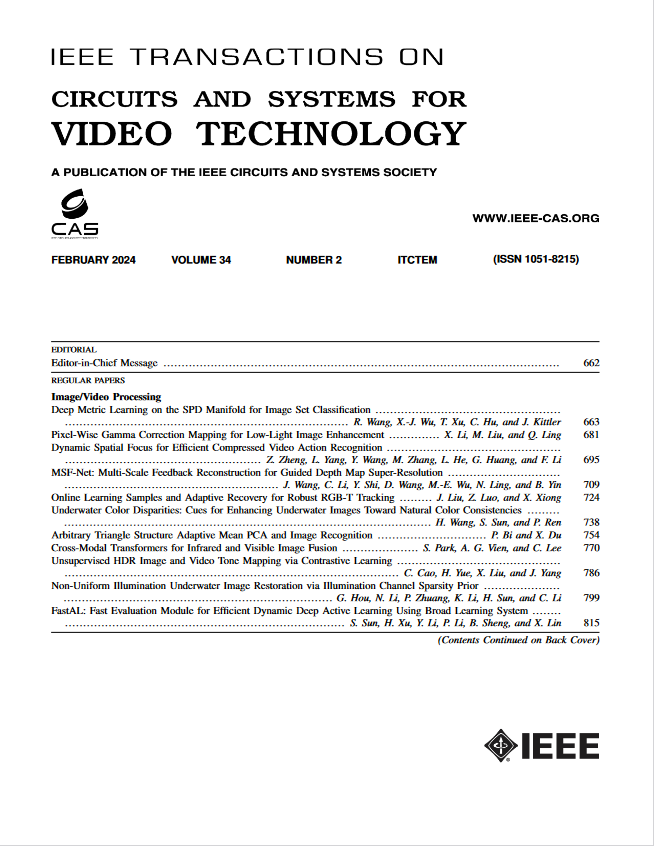3D Video Conferencing via On-Hand Devices
IF 8.3
1区 工程技术
Q1 ENGINEERING, ELECTRICAL & ELECTRONIC
IEEE Transactions on Circuits and Systems for Video Technology
Pub Date : 2024-09-23
DOI:10.1109/TCSVT.2024.3465848
引用次数: 0
Abstract
Video conferencing has become indispensable in human communication. Researchers are exploring immersive capabilities to enhance video conferencing experiences by delivering realistic interactions. However, existing methods have stringent and extra hardware beyond a typical video conference, including multiple depth cameras, large screens, and headsets, which pose obstacles to the widespread adoption due to high costs and complex setups. Thus, there is an urgent demand for light-weight systems using only on-hand devices including single RGB camera and standard screen, without additional hardware. We propose DVCO, a novel 3D video conferencing system via on-hand devices. With DVCO, users can experience lifelike virtual conferencing that includes natural contact and interactive features. To achieve this, DVCO has two main components. Virtual Camera Transformation (VCT) and New View Generator (NVG). VCT computes a downscaled sender image from tracking to determine viewpoint and gaze vector, enhancing virtual presence on standard screens. NVG takes an input frame and desired view angle to produce an output reflecting the new view from a single RGB camera. Together, these provide an affordable, easy-to-integrate enhancement for current video conferencing systems without expensive upgrades. Through a user study, it has been demonstrated that DVCO offers an exceptional level of immersion when compared to traditional systems. Experiments are conducted to showcase the superior performance of VCT and NVG in comparison to baseline methods.求助全文
约1分钟内获得全文
求助全文
来源期刊
CiteScore
13.80
自引率
27.40%
发文量
660
审稿时长
5 months
期刊介绍:
The IEEE Transactions on Circuits and Systems for Video Technology (TCSVT) is dedicated to covering all aspects of video technologies from a circuits and systems perspective. We encourage submissions of general, theoretical, and application-oriented papers related to image and video acquisition, representation, presentation, and display. Additionally, we welcome contributions in areas such as processing, filtering, and transforms; analysis and synthesis; learning and understanding; compression, transmission, communication, and networking; as well as storage, retrieval, indexing, and search. Furthermore, papers focusing on hardware and software design and implementation are highly valued. Join us in advancing the field of video technology through innovative research and insights.

 求助内容:
求助内容: 应助结果提醒方式:
应助结果提醒方式:


